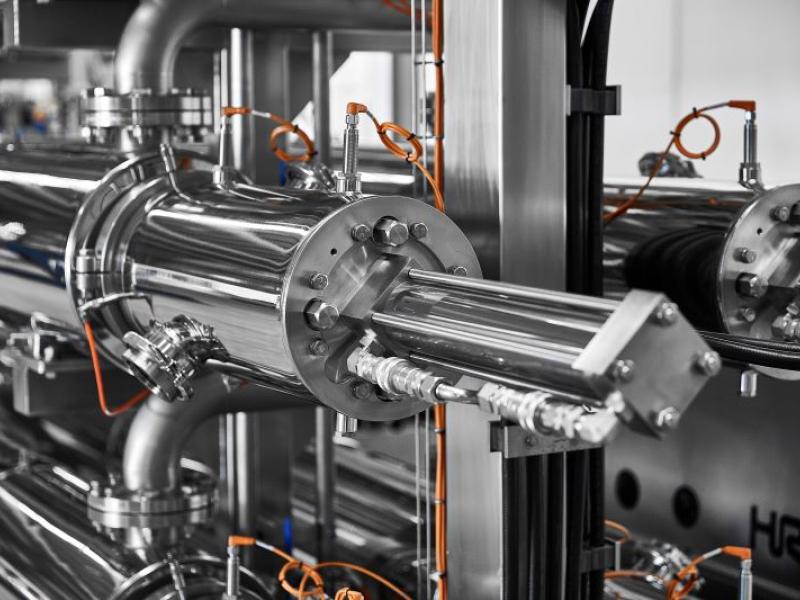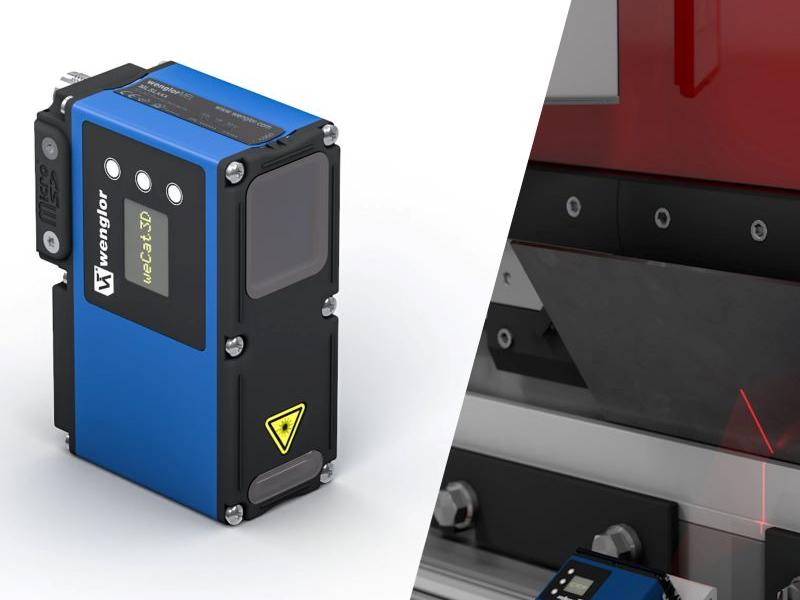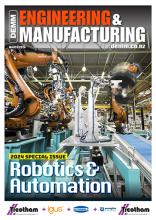Axial-flux permanent magnet motors (AFPMs) have attracted significant attention as a potential next-generation mobility device due to their many advantages, such as flat-geometry, low-energy-consumption, high-efficiency, and high-torque. Researchers at Epson have developed the world’s first 3-D analytical model for AFPMs with an arbitrary number of poles and arbitrary arrangement of the permanent magnet (PM). Details of the model have been published in the Institute of Electrical and Electronics Engineers (IEEE) journal, IEEE Access.
The AFPM is a class of PM-synchronous motor in which PMs are periodically arranged on the plane of rotation such that magnetic fields are aligned parallel to the rotation axis of the machine. In contrast to the ordinal radial-flux PM motors, which are already in widespread use, the AFPM has the potential for realizing flatter geometry, larger energy-savings, higher efficiency, and higher-torque. The AFPM’s combination of high-performance and convenient form factor is expected to find use in various industrial areas, such as servo-actuation for multi-jointed robot arms, and in-wheel drive for future electric vehicles and other mobility devices.
Development of devices that achieve the full potential AFPM has thus-far been hampered by insufficient simulation technologies: researchers have been forced to choose between using 2-D models with simple PM arrangements that provide a poor approximation of real devices, or using commercial simulation software, which requires enormous computation time.
In response to the lack of adequate simulation tools, researchers at Epson developed a 3-D analytical AFPM model that accommodates an arbitrary number and configuration of magnetic poles. The model includes the number of magnetic poles, variables expressing the configuration of the magnetic poles, the number of coils, device dimensions, and others. Physical phenomena in the motor can quickly be analysed using the derived formulae. Thanks to this model, operation characteristics of AFPM designs with an arbitrary number of poles and arrangement of the PM can be rapidly assessed.
These findings are expected to contribute to the realization of the next-generation, high-performance and high-efficiency motors.
An academic article describing this study was accepted by IEEE Access and published on 3 January.
Paper title: 3-D Analytical Model of Axial-Flux Permanent Magnet Machine with Segmented Multipole-Halbach Array
Authors: Taishi Okita and Hisako Harada
Affiliation: Material Analysis & CAE Centre, Technology Development Division, Seiko Epson Co., Ltd.
Journal: IEEE Access
Paper URL: https://ieeexplore.ieee.org/document/10005122






